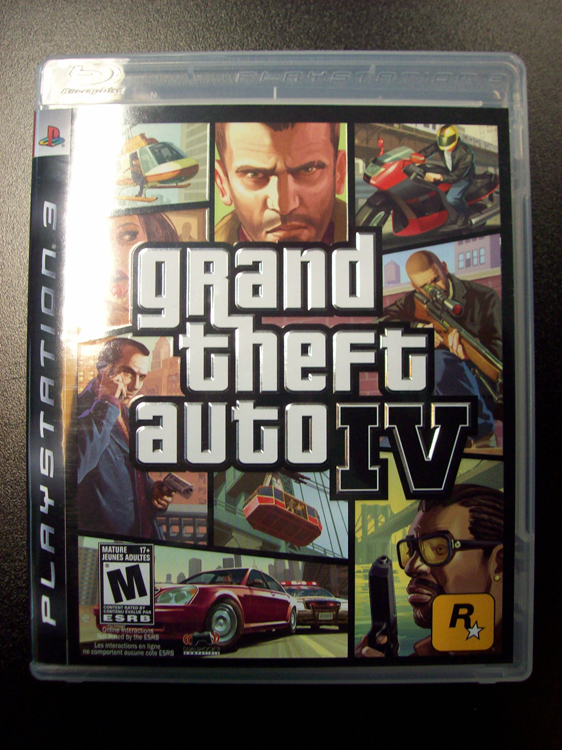| << Chapter < Page | Chapter >> Page > |
Anderson and Tushman (1990) suggest an evolutionary model of technological change , in which a breakthrough in one form of technology leads to a number of variations. Once those are assessed, a prototype emerges, and then a period of slight adjustments to the technology, interrupted by a breakthrough. For example, floppy disks were improved and upgraded, then replaced by Zip disks, which were in turn improved to the limits of the technology and were then replaced by flash drives. This is essentially a generational model for categorizing technology, in which first-generation technology is a relatively unsophisticated jumping-off point that leads to an improved second generation, and so on.

A glance through popular video game and movie titles geared toward children and teens shows the vast spectrum of violence that is displayed, condoned, and acted out.
As a way to guide parents in their programming choices, the motion picture industry put a rating system in place in the 1960s. But new media—video games in particular—proved to be uncharted territory. In 1994, the Entertainment Software Rating Board (ERSB) set a ratings system for games that addressed issues of violence, sexuality, drug use, and the like. California took it a step further by making it illegal to sell video games to underage buyers. The case led to a heated debate about personal freedoms and child protection, and in 2011, the U.S. Supreme Court ruled against the California law, stating it violated freedom of speech (ProCon 2012).
Children’s play has often involved games of aggression—from cowboys and Indians, to cops and robbers, to fake sword fights. Many articles report on the controversy surrounding the suggested link between violent video games and violent behavior. Is the link real? Psychologists Anderson and Bushman (2001) reviewed forty-plus years of research on the subject and, in 2003, determined that there are causal linkages between violent video game use and aggression. They found that children who had just played a violent video game demonstrated an immediate increase in hostile or aggressive thoughts, an increase in aggressive emotions, and physiological arousal that increased the chances of acting out aggressive behavior (Anderson 2003).
Ultimately, repeated exposure to this kind of violence leads to increased expectations that violence is a solution, increased violent behavioral scripts, and an increased cognitive accessibility to violent behavior (Anderson 2003). In short, people who play a lot of these games find it easier to imagine and access violent solutions than nonviolent ones, and they are less socialized to see violence as a negative. While these facts do not mean there is no role for video games, it should give players pause. In 2013, The American Psychological Association began an expansive meta-analysis of peer-reviewed research analyzing the effect of media violence. Results are expected in 2014.

Notification Switch
Would you like to follow the 'Studying social life' conversation and receive update notifications?